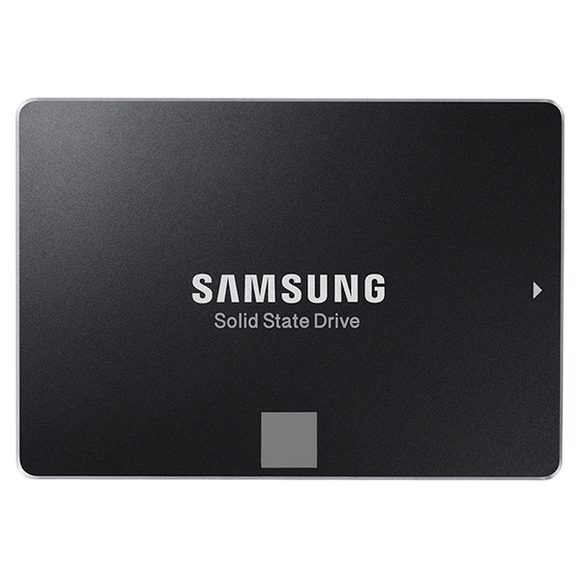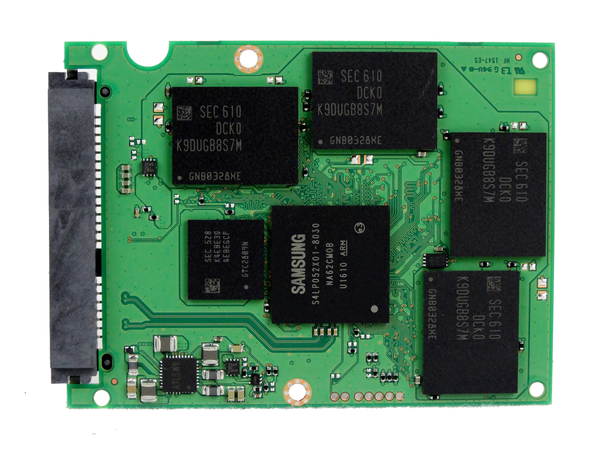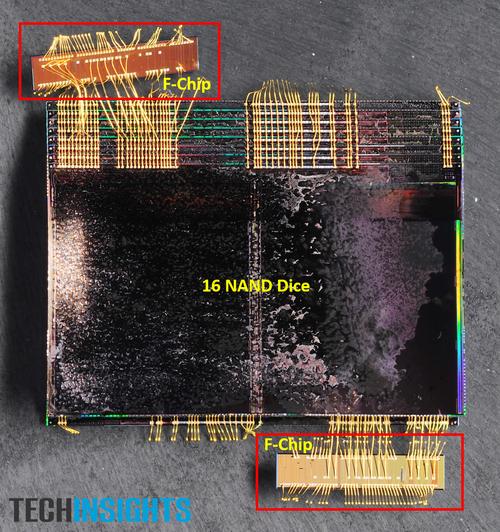Samsung has introduced the most capacious SATA SSD: 850 EVO with a capacity of 4 TB

On Monday, Samsung has announced a new SSD model: 850 EVO with 4 TB of memory. Now it is the most capacious consumer SSD. In the corporate sector, there are more capacious solid-state drives, but Samsung is positioning its device as a replacement for hard drives for the average user.
Previously, the company has already represented a 3.84 TB SATA SSD. But these were drives for data centers, with a greater number of write cycles than consumer models. Characteristics of "corporate" SSD are high, and the price of such systems is not available for ordinary consumers. Now capacious “home” drives have appeared on the market.
In 2014, the South Korean corporation Samsung was the first to make 3D NAND technology available (the company called this memory V-NAND) for the consumer solid-state drive market. At the same time, such models as 850 Pro and 850 EVO SATA appeared in the market. Already in 2011-2012 it became clear that the resources of conventional, single-layer, flash memory have already been exhausted. Therefore, the idea was put to place the cells in layers. In this case, the memory chip becomes voluminous; a larger amount of information fits into a unit of its area than a unit of area of a “flat” chip. This technology is called 3D NAND. Samsung Corporation in 2013 released the first three-dimensional MLC-chips with 24 layers, and in 2014 - with 32 layers.
')

Thanks to a new type of memory, both new Samsung SSD models raised the bar for SSD performance and remained leaders in many ways for a long time. The 850 EVO model redefined SSD with TLC as relatively slow, high power consuming drives. The drive can successfully compete with most MLC disks of the middle and hi-end segments.

Last year, the 850 Pro and EVO lineup was complemented by double-byte models that used an upgraded controller with support for a larger amount of DRAM. In the 850 Pro with a capacity of 2 TB, a 128 GB version of Samsung's 32-layer MLC V-NAND memory was used. It began to be used instead of 86 GB of memory, which worked in previous models of the 850 Pro line. The 2 TB model of the 850 EVO still used 128 GB TLC V-NAND memory.
In 2015, the corporation introduced the third generation of memory. This time she showed a 48-layer V-NAND memory, thanks to which it became possible to release 256 GB MLC and TLC elements. According to the plan , the company planned to use a new type of memory in all models of the 850th and 950th series already at the beginning of 2016. Unfortunately, the transition process was not as fast as originally planned.

The 2.5 "850 EVO line has just received new 4 TB SSD models with 48-ply V-NAND memory. The form factor of the model remains the same - 2.5 inches. The thickness, like in previous models, is 7 mm.
TechInsights reporters prepared a new SSD. They found that in addition to adding additional vertical layers of memory, Samsung switched to a new process technology - 21 nm instead of 40 nm. In the memory cells, there is no additional binder metal layer. Therefore, the recording density was increased from 1.86 GB / mm 2 of 32-layer TLC-memory to 2.6 GB / mm ^ 2 TLC-memory in the new model.

There is nothing to compare the new SSD with - it is the only one of its kind in the consumer segment. It is impossible to compare this model with corporate SSDs - for such drives, performance and other indicators are almost always much higher than in consumer systems.
Specifications 4TB 850 EVO SATA SSD
- Form factor: 2.5 inches
- Interface: SATA 6 Gb / s
- Controller: Samsung MHX
- DRAM: 4GB LPDDR3
- Technological process: 20 NM
- Type of flash memory: 3rd generation V-NAND
- Sequential read speed: 540 MB / s
- Sequential write speed: 520 MB / s
- IOmeter, read speed 4Kb files, queue depth = 32: 98000 IOPS
- IOmeter, write speed 4Kb files, queue depth = 32: 90000 IOPS
- Data Encryption: AES 256 Bit
- Power consumption: 3.6 W when writing, 3.1 W when reading, 10 mW in the DEVSLP mode
- MTBF: 1.5 million hours
- Resource: 300 TBW
The most interesting is the cost of the new drive. The price of the model 4TB 850 EVO is $ 1500. This is a lot, considering that the consumer version. On Amazon, the new SSD model will be available on July 31. Only pre-orders are accepted now.
Source: https://habr.com/ru/post/396047/
All Articles